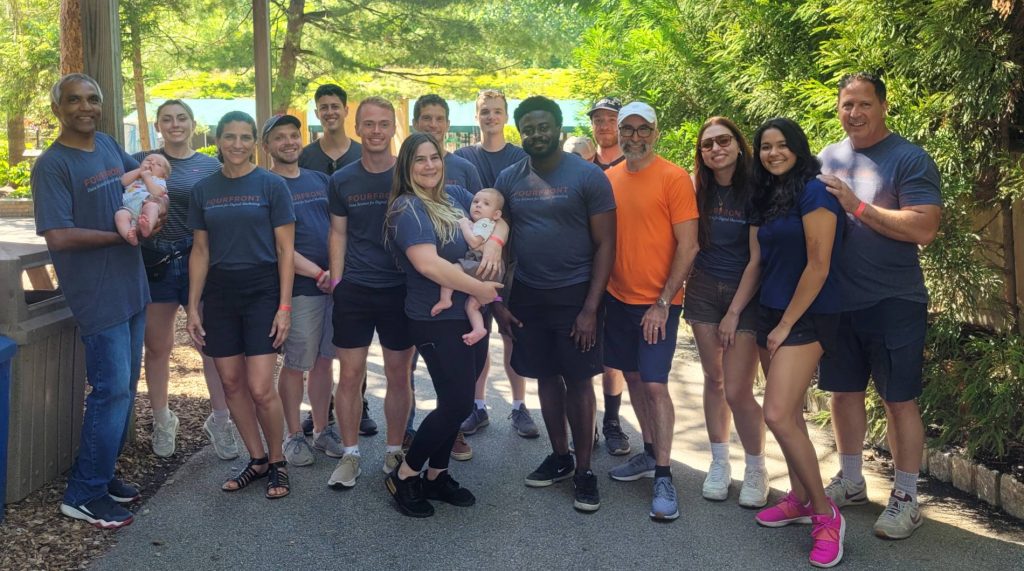When you think about the creative side of digital marketing, SEO probably isn’t the first thing that comes to your mind. Many web developers and designers would go even further, claiming that SEO kills creativity. I get requests all the time for a push-button solution to SEO. What I tell these folks is that they are underestimating the dynamic nature of the process. Their brand has nuanced values and their target market has complex behavioral patterns. For SEO to connect the two, it must always take a customized approach that relies heavily on creativity.
SEO wasn’t always about creativity. Early Google algorithms were primitive compared to the deep learning systems that drive search results now. In those early days, search results were generated by semantic analysis of text. This means that the text was mechanically analyzed by dividing content into sentences, splitting text on whitespaces, stemming words (reducing them to their root), and assigning part-of-speech tags. Factors such as keyword proximity and keyword density were all part of the ranking algorithm. Analyzing and scoring text for topic relevancy was a mechanical process that was vulnerable to producing low quality results.
This is not how it works today. Google has grown to have the world’s most advanced Natural Language Processing (NLP) system. It uses neural networks and deep learning technologies and is capable of learning any form of written language. It can build relationships between words and extract concepts (almost) as well as people can. Google can even interpret engagement patterns to determine relevancy of content with respect to the keyword.
As a consequence, the relevance of search results is now based on factors such as the authority of the author, the trust of the website, the user experience including topic navigation, the use of whitespace and imagery, and relevancy of the content related to the intent of the search keyword. Technically, the search keyword doesn’t even need to appear on the page for it to rank in search results. That said, the content must speak well to what the user is seeking.
This is where creativity comes in. SEOs are required to align brand messaging with the copious factors that motivate a market. The best of them will be able to transform data into empathy. They will feel the pain points at every stage of the consumer journey and overlay them with the preferences and limitations of their client. They will imagine the messages and structures that connect both parties, meet requirements, and provide a great user experience.
And if they do it right, Google will do the rest.









